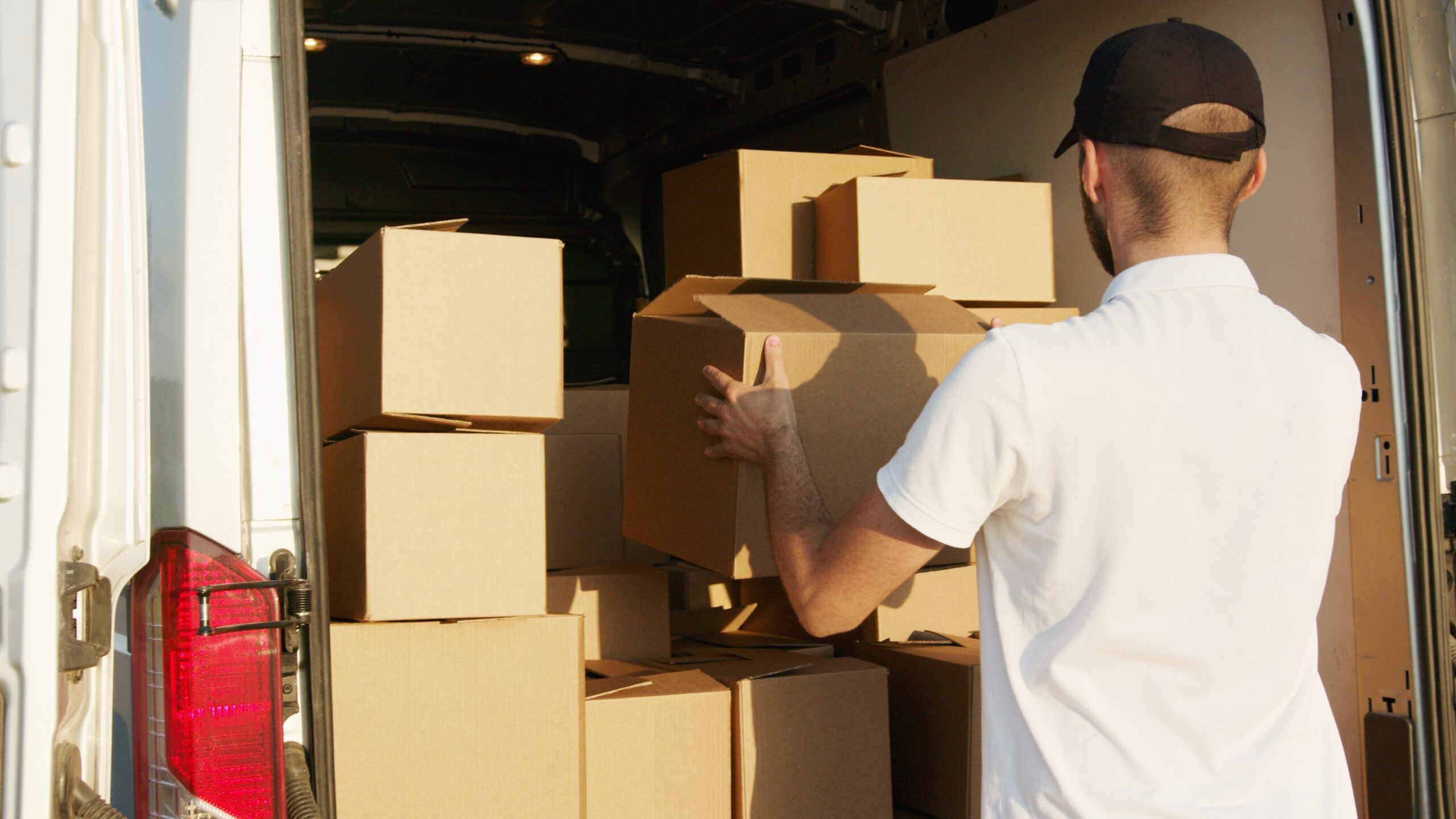As digital marketplaces continue to grow, e-commerce shows no signs of slowing. But increasing demand has highlighted major issues with last-mile delivery – it’s inefficient, slow and expensive.
In this blog, we look at some of the major challenges businesses face in providing efficient, cost-effective last-mile delivery services.
What is last-mile delivery?
Last-mile delivery refers to the final part of the supply chain – the stage during which a product is moved from the warehouse shelf, packaged, and delivered to the customer’s doorstep.
The last-mile delivery problem
With consumers increasingly expecting both fast free delivery and sustainable packaging, it is incumbent on businesses to live up to these expectations – or face the consequences.
Implementing efficient last-mile delivery processes allows e-commerce brands to differentiate themselves from the competition and positions them as better able to adapt to changing customer demands.
But research into online shopping cart abandonment shows almost 70% of potential orders are abandoned at this point without any purchase being completed. Why is this? Well one reason could be the cost of or estimated time taken to ship that item.
In a world where free same or next-day delivery is king (thanks Amazon Prime!), customers are less and less willing to pay a delivery fee, forcing retailers to shoulder the cost. They also don’t want to wait any longer than they have to.
The problem is that last-mile delivery is time-consuming and expensive.
Let’s look at why that is…

Last-mile delivery challenges
#1 Delays
In rural areas, delivery drops on a particular driver’s route could be several miles apart, with only one or two packages from an entire van load dropped off at each stop. In cities, delivery stops may be physically closer in proximity to one another, but there is traffic congestion to contend with. Either way, there is potential for delays, particularly in bad weather. Late deliveries harm a brand’s reputation and, in today’s ultra-competitive e-commerce environment, may make those customers less likely to buy from a particular business again in future. Sticking to predetermined timelines is easier if these timelines have built in contingency for traffic, bad weather and other unforeseen circumstances, but sometimes things happen that are outside of your control…
#2 Unforeseen events
Unexpected events like vehicle issues or extreme disruptions can quickly turn a late delivery into a failed delivery. In any logistics operation, there is the potential for unforeseen complications that are outside of your control. As well as increasing operational costs, these unforeseen events can negatively affect your company’s reputation if not handled correctly. Creating contingency plans and a contingency fund to deal with any unforeseen events that arise will help ensure your teams are prepared to switch quickly to an alternative plan of action, and that communications with customers about any changes are made in a timely fashion. Even the most demanding customers understand that sometimes things happen that are outside of a business’s control, but they expect transparency and timely updates to let them know what is happening and when they can expect their delivery.
Which brings us to…
#3 Real-time visibility
Sending customers a tracking code so they can see their package’s progress through the major stages of order processing, dispatch and delivery is no longer sufficient. Today’s buyers expect complete visibility of their package in transit. In an age where technology rules every aspect of our lives, they want real-time information on their package’s location and when it will reach them, rather than a simple message that their package is ‘out for delivery’. Modern last-mile logistics leverages technology to integrate automated location updates of delivery packages at every touchpoint of the delivery process. These updates may then be sent as notifications and messages to customers via email or text message.
Unfortunately, this isn’t always possible, due to:
#4 Outdated technology
Research shows nearly half of global transportation and logistics companies use outdated technology for last-mile delivery, with many still relying on Google Maps and paper lists. Modernisation efforts are often focused on warehouse optimisation or global transportation rather than on investing in improving last-mile delivery. But even the most minor improvements in last-mile delivery can yield impressive results. Installing GPS tracking in delivery vehicles, coupled with the use of IoT (internet of things) technology, enables businesses to centrally monitor and manage the entire last-mile journey, predicting any potential problems and devising proactive strategies for dealing with them, including re-routing drivers where necessary.
#5 Inefficient route planning
A lack of technological investment leads to inefficiencies across the board, but may be particularly impactful when it comes to route planning. Paying careful attention to route planning can help last-mile delivery operations to reduce delays and build in contingencies that lessen the impact of unforeseen events. Unfortunately, many businesses still rely on manual route planning, which doesn’t allow for real-time changes to be made to account for traffic and improve vehicle efficiency. Route optimisation software can quickly determine the most optimised and shortest path to achieve maximum deliveries in minimal time, and dispatch that information to different drivers within just a few clicks. Optimised deliveries not only make for faster deliveries (which make for happier customers), but also minimise fuel costs and allow operators to deliver more items in a day, reducing operating costs.
#6 Cost
Anything businesses can do to reduce the cost of last-mile delivery will directly benefit their bottom line, because – although it is the shortest – it is the most expensive part of the entire supply chain. In fact, estimates suggest last-mile delivery accounts for more than half of the total cost of shipping. The infrastructure required to support timely deliveries is costly to establish and maintain, with driver salaries to pay and fleet vehicles to manage. These costs are doubled in the event of a failed first delivery that has to be rescheduled. The purchase of technology for optimised efficiency may provide good return on investment, but is out of financial reach for those who cannot shoulder the cost without passing it on to the end consumer, to whom any delivery fee is a barrier to purchasing from that business.
